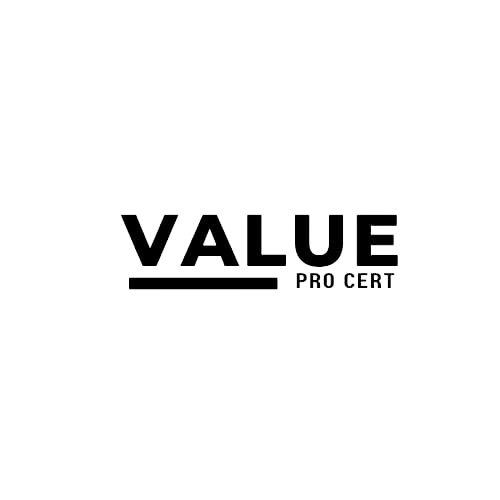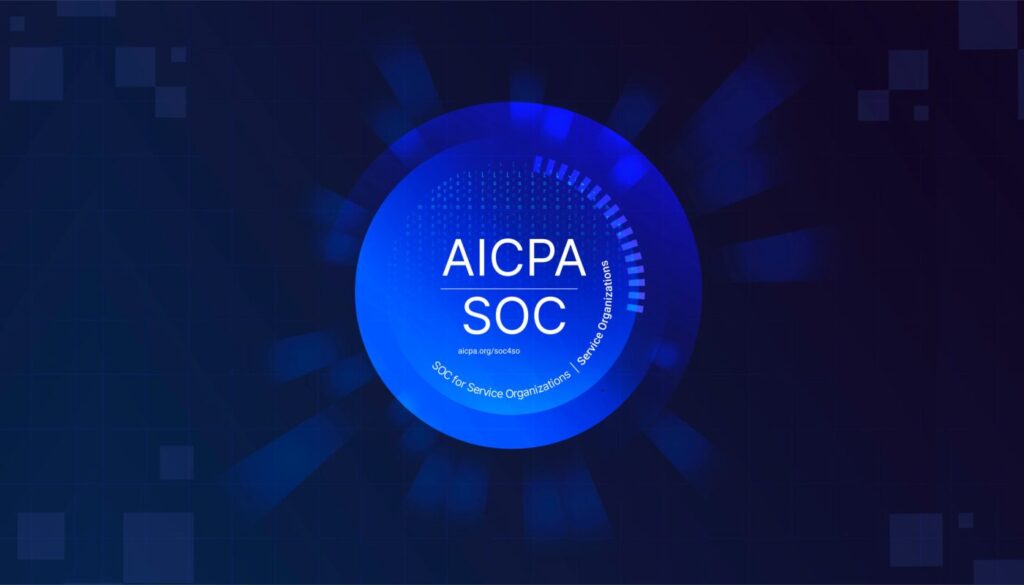SOC 1 & SOC 2 Services: Elevate Compliance Excellence Now!
SOC 1 and SOC 2 Services
SOC 1 & SOC 2 services reports involves distinct processes, as they address different aspects of controls within a service organization. Here’s how to obtain both types of reports:
- Determine Scope
Define the scope of the examination, focusing on controls that are relevant to financial reporting.
- Engage an Auditor
Select a certified public accounting (CPA) firm with experience in performing SOC 1 examinations. Discuss the scope, objectives, and timelines with the chosen auditor.
- Control Identification:
Identify and document the controls that are in place to address the risks related to financial reporting. These controls can include IT general controls, security, processing integrity, and more.
- Control Design Assessment:
Work with the auditor to assess the design of the identified controls. Ensure that the controls are designed to mitigate the risks effectively.
- Control Testing
The auditor conducts testing of the controls to verify their operational effectiveness. The testing may involve sampling transactions and assessing control performance over a specific period.
- Generate the Report:
The auditor prepares a SOC 1 report that includes the scope of examination, description of controls, assessment of control design, testing procedures, and the results of control testing.
Type 1 vs. Type 2:
Choose between a SOC 1 Type 1 or Type 2 report. Type 1 assesses controls at a specific point in time, while Type 2 covers a period and includes ongoing monitoring.
Achieving a SOC 2 Report:
- Determine Scope
Define the scope of the examination, considering the five Trust Services Criteria: Security, Availability, Processing Integrity, Confidentiality, and Privacy.
- Engage an Auditor
Choose a CPA firm experienced in SOC 2 assessments. Collaborate with them to outline the scope, objectives, and timelines.
- Control Identification:
Identify and document controls that align with the chosen Trust Services Criteria.
- Control Design Assessment:
Work with the auditor to evaluate the design of the controls to ensure they are suitable for addressing the identified risks.
- Control Testing
The auditor conducts testing to verify the effectiveness of the controls. This may involve sample transactions and assessments over a specific period.
- Generate the Report:
The auditor prepares a SOC 2 report, which includes the scope, description of controls, control design assessment, testing procedures, and results.
Type 1 vs. Type 2:
Decide between a SOC 2 Type 1 or Type 2 report, similar to the SOC 1 examination.
Both SOC 1 and SOC 2 reports require close collaboration with the chosen CPA firm and meticulous documentation of controls, assessments, and results. It’s recommended to work with experts in the field to ensure accurate and comprehensive reports.


